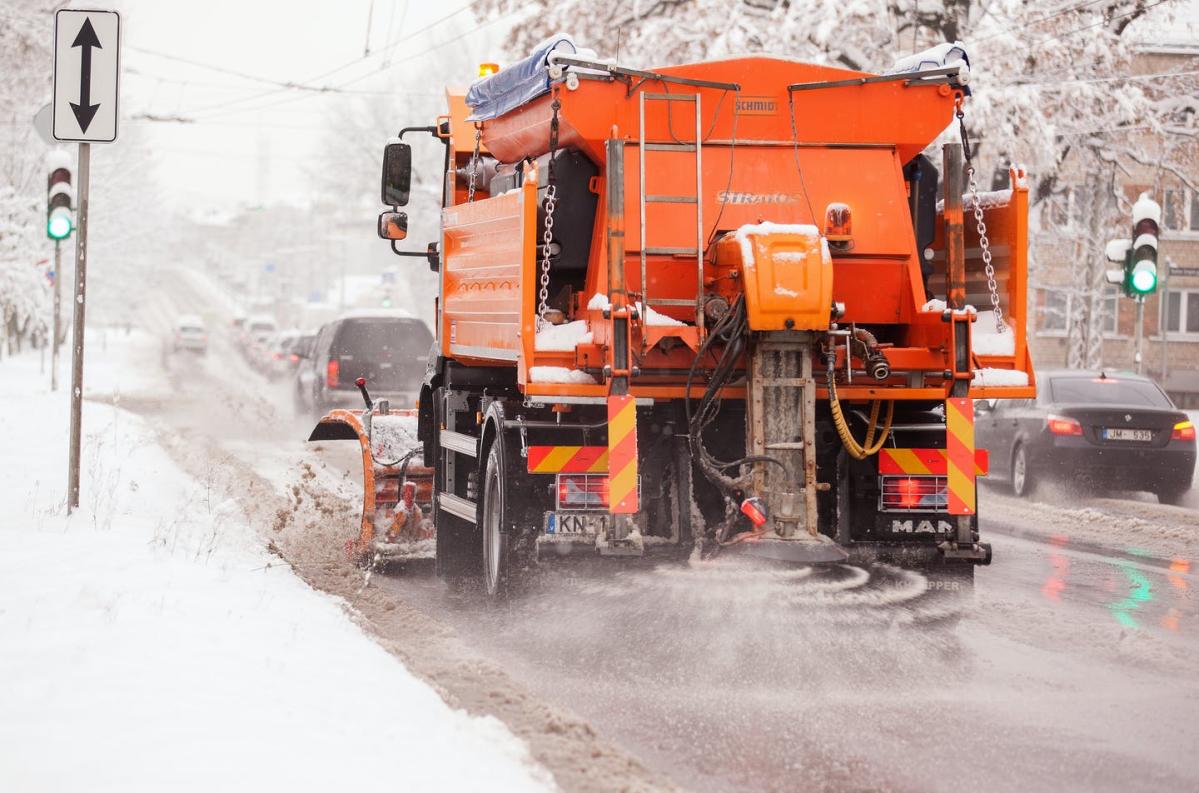It is important to note that the salt must be in a liquid water solution for this principle to be met. That’s why many cities spray a saline solution before ice forms.
Salt dumped on top of ice relies on the sun or the friction of car tires driving over it to initially melt the ice into a slush that can mix with the salt and then not refreeze. Solid salt pre-treatment relies on the warmer road surface to initially melt any snow or sleet so that it can properly mix with the salt. This is also why pre-treatment of bridges – which are colder than other roads – usually doesn’t work, and why you see “bridge freeze before road” signs.
These salt solutions lower the freezing temperature of water to about 15 F. So unfortunately for people facing really cold temperatures, treating them with salt won’t remove the ice from their roads.
An alternative strategy used in these lower temperatures is to sprinkle sand on top of the ice. Sand doesn’t change the melting temperature, it just provides a rough surface for your tires to prevent slipping and sliding.
The science of freezing point depression can be applied to any solution, and many research groups have focused on developing alternatives with less negative impact on the environment. They contain additives such as molasses and beet juice. So maybe you look forward to cleaning not only white salt from the bottom of your jeans after a winter walk, but also pink salt.
This article was republished on The Conversation, a non-profit news site dedicated to sharing ideas from academic experts. Do you like this article? subscribe to our weekly newsletter.
It was written by: Julie Pollock, University of Richmond.
Read more:
Julie Pollock receives research funding from the University of Richmond, the Mary Louise Andrews Award for Cancer Research from the Virginia Academy of Sciences, the Jeffress Memorial Trust, and the Beckman Foundation.

